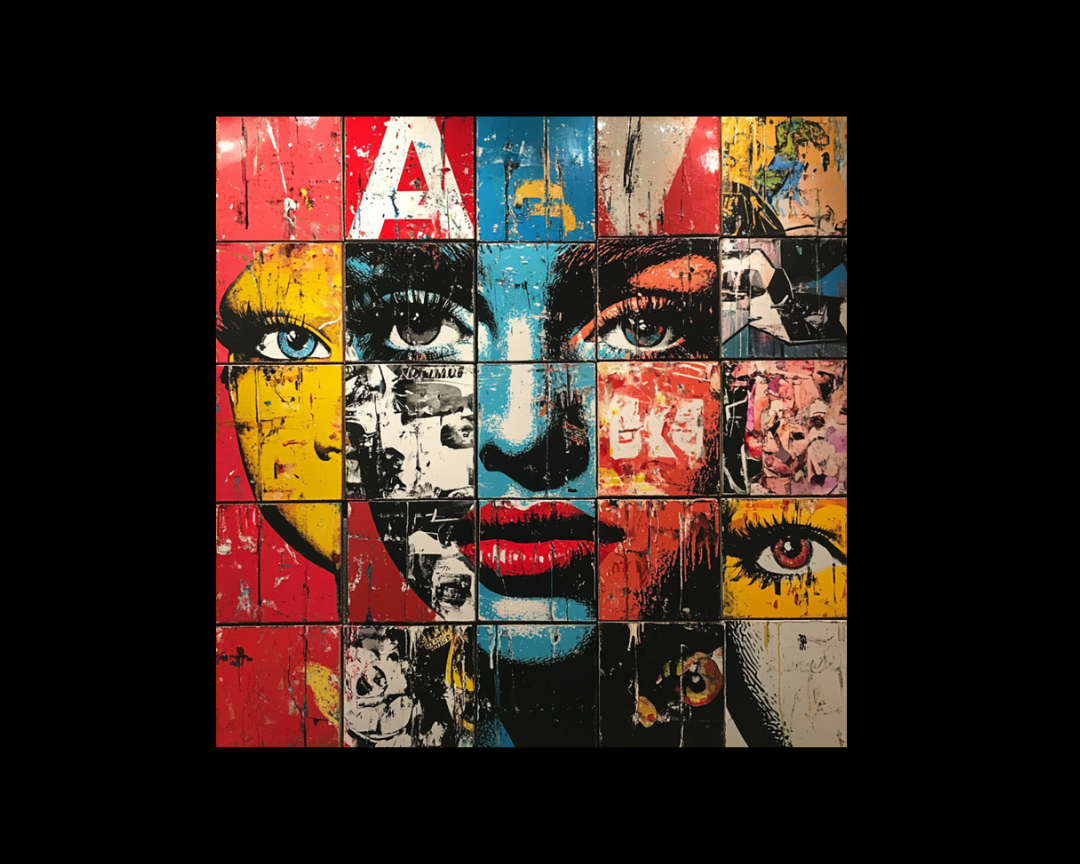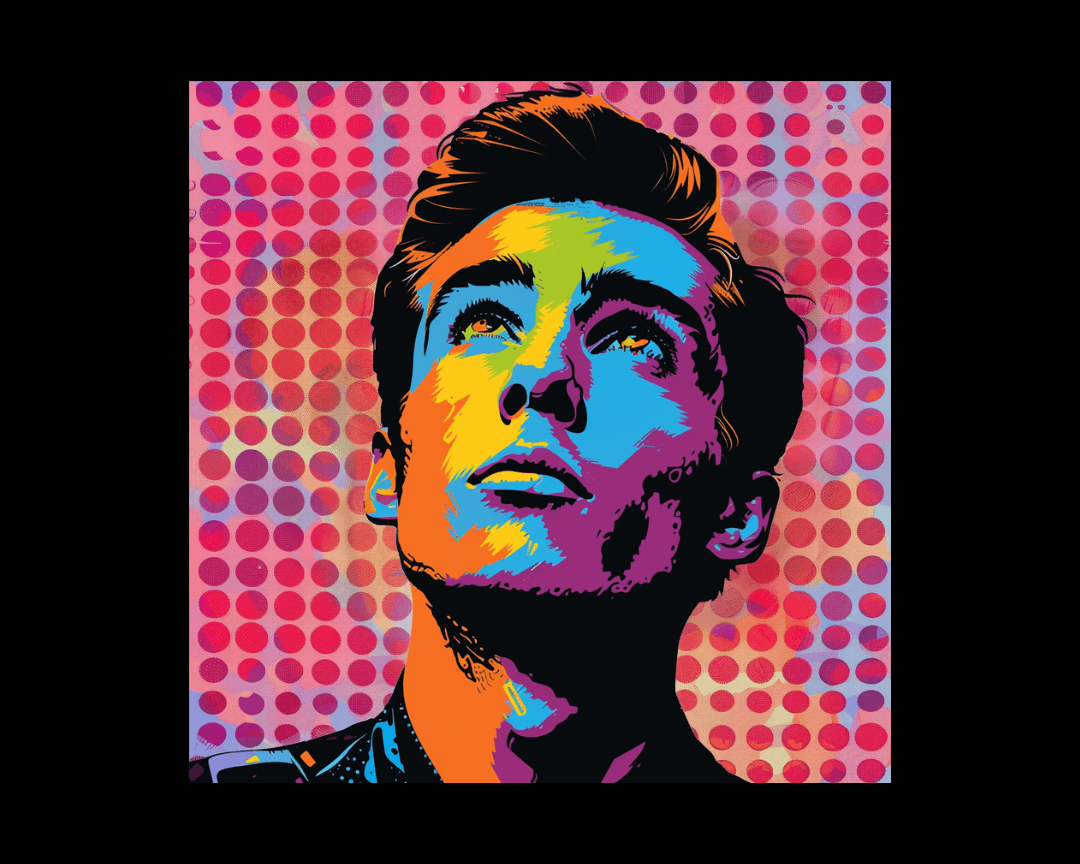Dramatic Irony: A Creative Writer’s Secret Weapon
Dramatic irony is a literary device where the audience knows more about a situation than the characters in the story do. It creates tension, humor,...
5 min read
 Writing Team
:
May 27, 2025 9:16:21 AM
Writing Team
:
May 27, 2025 9:16:21 AM

You're standing before Vermeer's "Girl with a Pearl Earring," lost in the enigmatic gaze that has captivated viewers for centuries. Imagine that moment of visual arrest becomes the opening line of your next story. This is ekphrasis—the ancient art of making visual experience speak through words. From Homer's Shield of Achilles to Tracy Chevalier's entire novel built around that pearl-adorned girl, writers have understood that the conversation between image and language creates something neither could achieve alone. The Greek word ekphrázein literally means "to proclaim or call an inanimate object by name," but we know it as something far more alchemical: the transformation of sight into insight, canvas into character, pigment into plot.
Traditional definitions limit ekphrasis to descriptive writing about visual art, but contemporary practice has exploded these boundaries. Modern ekphrastic writing goes beyond mere representation, offering interpretation, imaginative reimaginings, and narrative expansion of artwork. Instead of simply cataloguing what appears in a painting, today's writers invent backstories for painted figures, give voice to objects in still lifes, or explore what happens beyond the captured moment.
This evolution matters because it demonstrates ekphrasis as a generative rather than restrictive technique. Roger Zelazny's "24 Views of Mt. Fuji, by Hokusai" uses descriptions of Hokusai's famous woodcut series as structural scaffolding for his entire story. Patricia Schonstein concludes each chapter of her novel Skyline with an art curator's description of naïve artworks, creating additional narrative voices. These writers understand that ekphrasis functions as both inspiration and architecture—it can birth a story or build one.
The key insight: ekphrasis serves as a bridge between visual and verbal mediums, enabling readers to experience art through language while creating new artistic experiences in the process.
Professional writers must develop what we might call "deep looking"—the ability to see beyond surface details to discover narrative possibilities embedded in visual composition. This skill differentiates amateur description from sophisticated ekphrastic technique. When viewing artwork, consider these foundational questions: What story exists in the space between figures? What happened in the moment before this scene was captured? What will happen next?
The paintings of Edward Hopper have inspired countless ekphrastic works precisely because they suggest narrative tension without resolving it. His lonely diners, isolated office workers, and contemplative hotel guests invite writers to complete the stories that Hopper's brush began. This is why Hopper has generated multiple collections of ekphrastic poetry in several languages—his visual narratives create perfect launching points for literary exploration.
Visual elements translate into prose techniques in specific ways. Composition becomes structure—how elements are arranged on canvas suggests how scenes might be ordered in narrative. Color palette influences tone and mood. Lighting direction can indicate character psychology or emotional states. The interplay between foreground and background elements suggests relationships between main action and subtext.
Contemporary ekphrastic writing employs several sophisticated structural approaches that go far beyond simple description. The "voice-giving" technique involves letting painted figures speak, as if interviewing subjects trapped in their two-dimensional world. This approach works particularly well with portraits, allowing writers to explore what the subject might be thinking during that frozen moment of capture.
The "temporal expansion" method explores what happens before, during, or after the depicted scene. Keats demonstrated this beautifully in "Ode on a Grecian Urn," speculating about the eternal pursuit frozen on the vase: "Bold Lover, never, never canst thou kiss, / Though winning near the goal." The tension between frozen moment and implied motion creates rich narrative possibilities.
"Perspective shifting" involves changing the viewpoint from which the artwork is experienced. Instead of describing from the viewer's position, writers might adopt the perspective of a figure within the painting, or even that of an inanimate object. This technique can reveal unexpected narrative angles and create unique voice opportunities.
The "curator's approach" treats the artwork as an artifact with provenance, imagining its creation, ownership history, or cultural context. Tracy Chevalier's Girl with a Pearl Earring exemplifies this technique, building an entire novel around imagined circumstances of the painting's creation.
Ekphrastic writing offers unique opportunities for character development because visual art captures personality through pose, expression, clothing, and environmental details. These elements become character-building tools for writers who learn to read visual cues as psychological indicators.
Clothing and accessories reveal social class, historical period, personal taste, and economic circumstances. A character's posture suggests confidence levels, emotional states, or physical health. Facial expressions, while static in art, can be interpreted as windows into ongoing emotional experiences. Environmental details—room furnishings, landscape elements, architectural features—provide context for character analysis.
The "psychological archaeology" approach involves using these visual details to excavate character backstory. Why does this figure choose to wear that particular jewelry? What does their hand position suggest about their emotional state? How does their relationship to surrounding objects indicate their personality or circumstances?
Contemporary writers have discovered that art provides ready-made character studies waiting for literary development. The key skill involves learning to see visual elements as narrative information rather than mere aesthetic details.
Sophisticated ekphrastic writing creates genuine dialogue between visual and verbal elements rather than simple translation. This involves understanding what words can do that images cannot, and vice versa. Images capture simultaneous complexity—everything in a painting exists at once. Words unfold sequentially, creating temporal experience that images cannot provide.
Writers can exploit this difference by using language to create movement within static visual scenes. Words can provide sounds, smells, tactile experiences, and internal thoughts that visual art can only suggest. Language can also provide context, historical background, or emotional interpretation that enriches visual experience without duplicating it.
The most effective ekphrastic writing uses this complementary relationship rather than attempting direct translation. Instead of simply describing what appears in a painting, sophisticated writers ask what the painting makes them think about, feel, or imagine. This approach creates new artistic experiences that honor the original artwork while establishing independent literary merit.
Modern ekphrastic writing extends beyond traditional poetry into flash fiction, creative nonfiction, and experimental narrative forms. Writers are discovering that visual art provides ready-made constraints that can generate surprising creative solutions. The limited information available in a single image forces writers to make interpretive choices that drive narrative development.
Flash fiction particularly benefits from ekphrastic inspiration because visual art provides both immediate impact and compressed narrative suggestion. A single painting can supply character, conflict, setting, and mood within the word-count limitations of flash forms. This efficiency makes ekphrastic flash fiction increasingly popular in literary magazines and online publications.
Contemporary writers are also experimenting with multimedia presentations that combine visual art with text, creating hybrid forms that exist between literature and visual art. These experiments suggest future directions for ekphrastic writing as digital platforms enable new forms of artistic collaboration.
The emergence of ekphrastic writing contests and specialized publications indicates growing recognition of this form's literary potential. Publications like The Ekphrastic Review focus specifically on art-inspired writing, creating communities of writers who share techniques and approaches.
Developing ekphrastic writing skills requires systematic practice with specific exercises designed to build visual literacy and translation techniques. Begin with "inventory writing"—spend ten minutes listing everything visible in a chosen artwork without interpretation. This exercise builds observational skills and provides raw material for later development.
Progress to "voice experiments" by writing monologues from the perspective of different figures within the same artwork. How does the scene look different from each character's viewpoint? What does each figure want? What are they thinking or feeling? This approach develops empathy and psychological insight while practicing voice differentiation.
Try "temporal exercises" by writing scenes that occur before, during, or after the depicted moment. What led to this scene? What happens next? How do relationships between figures develop over time? This technique builds narrative structure skills while exploring cause-and-effect relationships.
"Sensory expansion" involves adding sounds, smells, textures, and other sensory details that visual art cannot directly provide. What music might be playing? What does the air smell like? How do fabrics feel? This approach creates immersive experiences that use language's unique capabilities to enhance visual information.
Ekphrastic writing offers contemporary authors a sophisticated toolkit for generating original fiction while engaging with visual culture. By learning to read artwork as narrative information rather than mere aesthetic objects, writers can discover character studies, plot scenarios, and thematic material that might never emerge from purely literary inspiration. The technique bridges two art forms while creating something entirely new—literature that honors visual art while establishing independent artistic merit.
The most successful ekphrastic writing creates genuine dialogue between image and word, using each medium's unique capabilities to enhance rather than duplicate the other. As visual culture continues to dominate contemporary experience, writers who master ekphrastic techniques will find themselves uniquely positioned to create fiction that speaks to how we actually encounter and process artistic meaning in our image-saturated world.
-3.png)
Dramatic irony is a literary device where the audience knows more about a situation than the characters in the story do. It creates tension, humor,...
-3.png)
For creative writers, words are more than tools—they're jewels. And like any jewel, some words and phrases shine brighter than others, catching the...

Hold onto your hats, folks, because we're about to dive headfirst into the dynamic world of frenemies! These enigmatic relationships, which straddle...